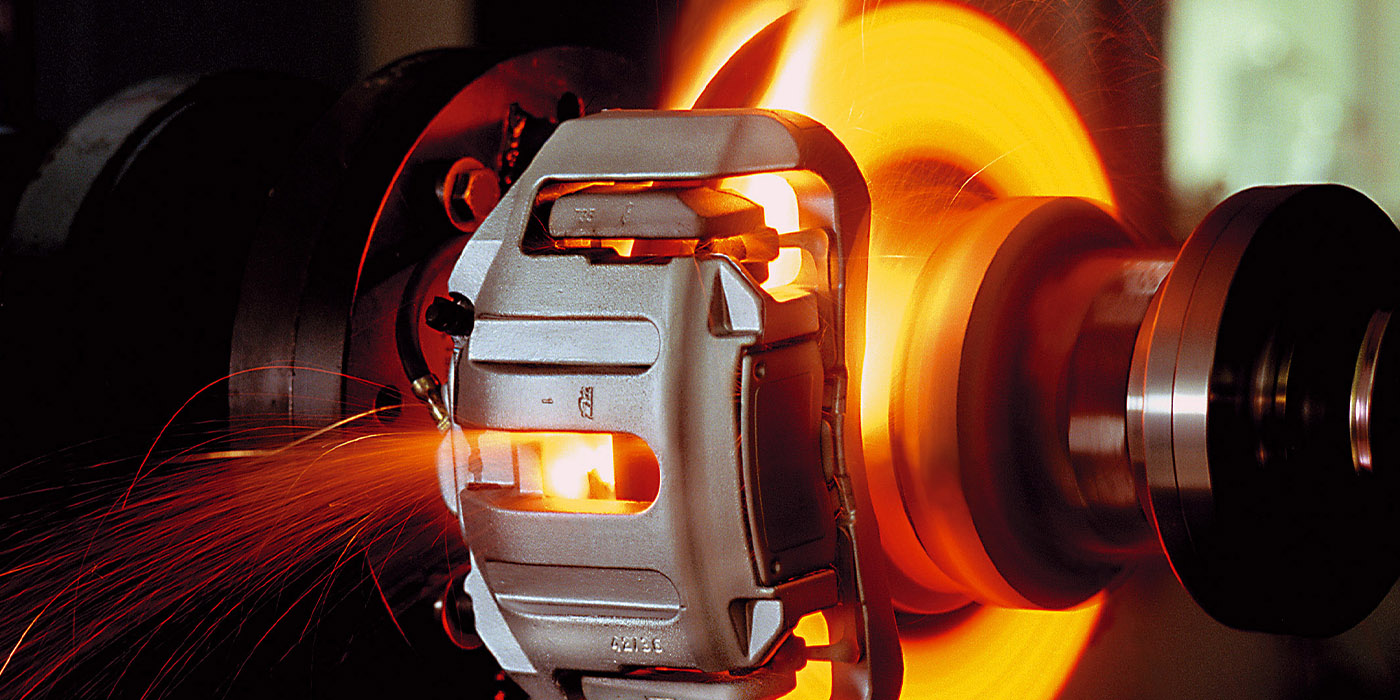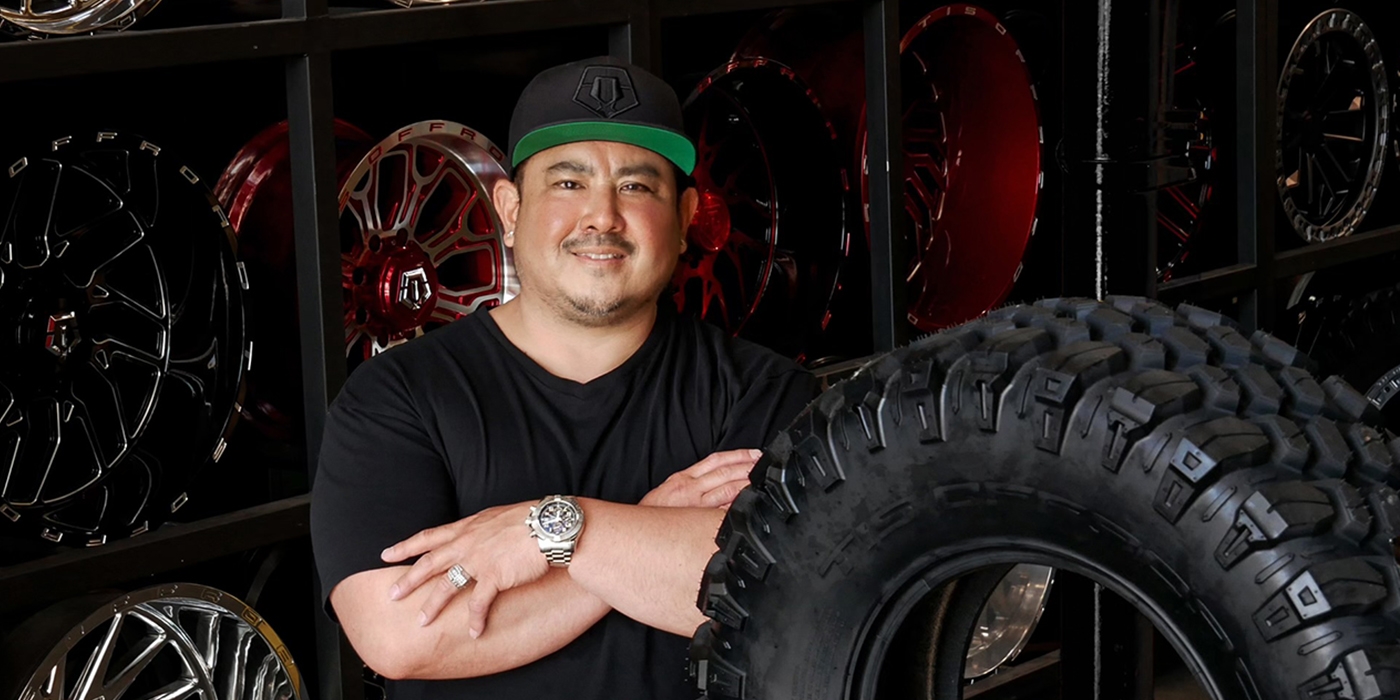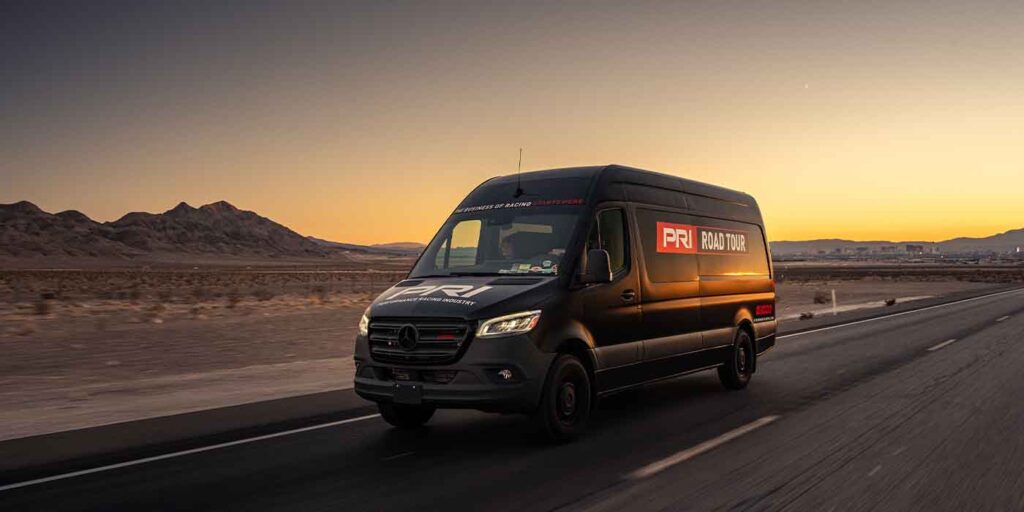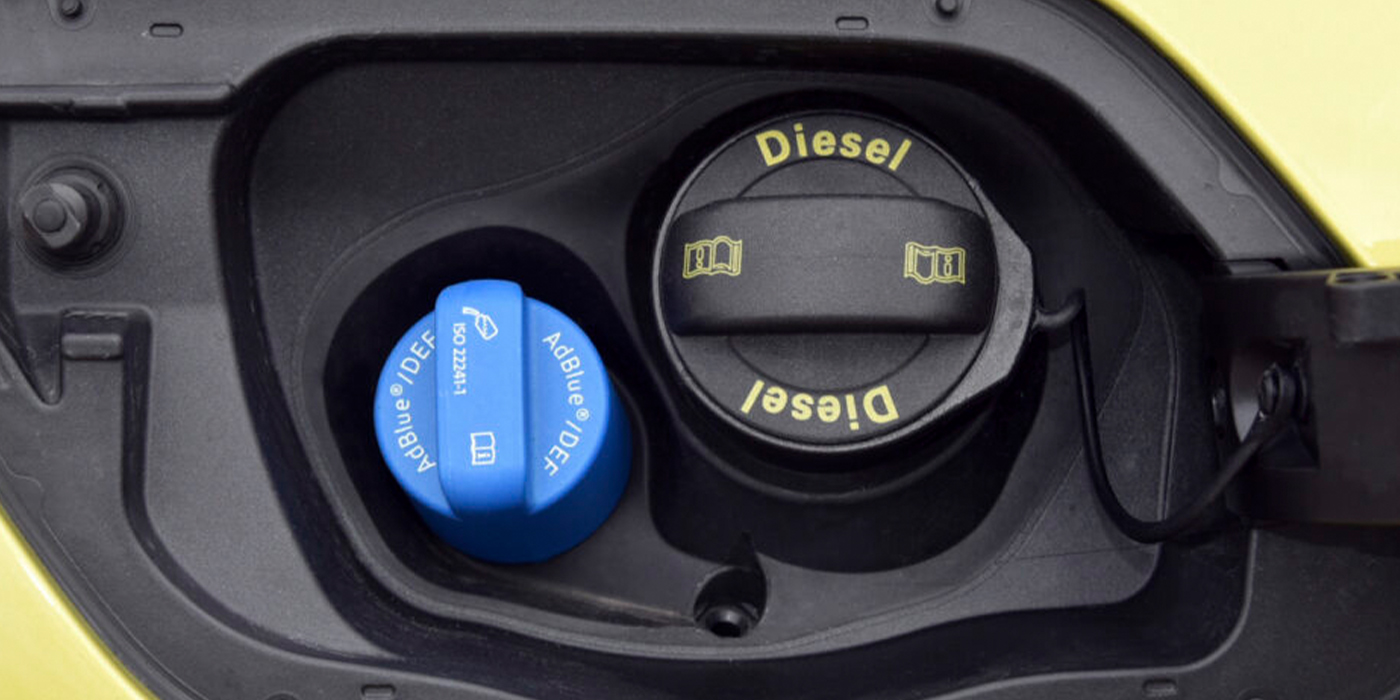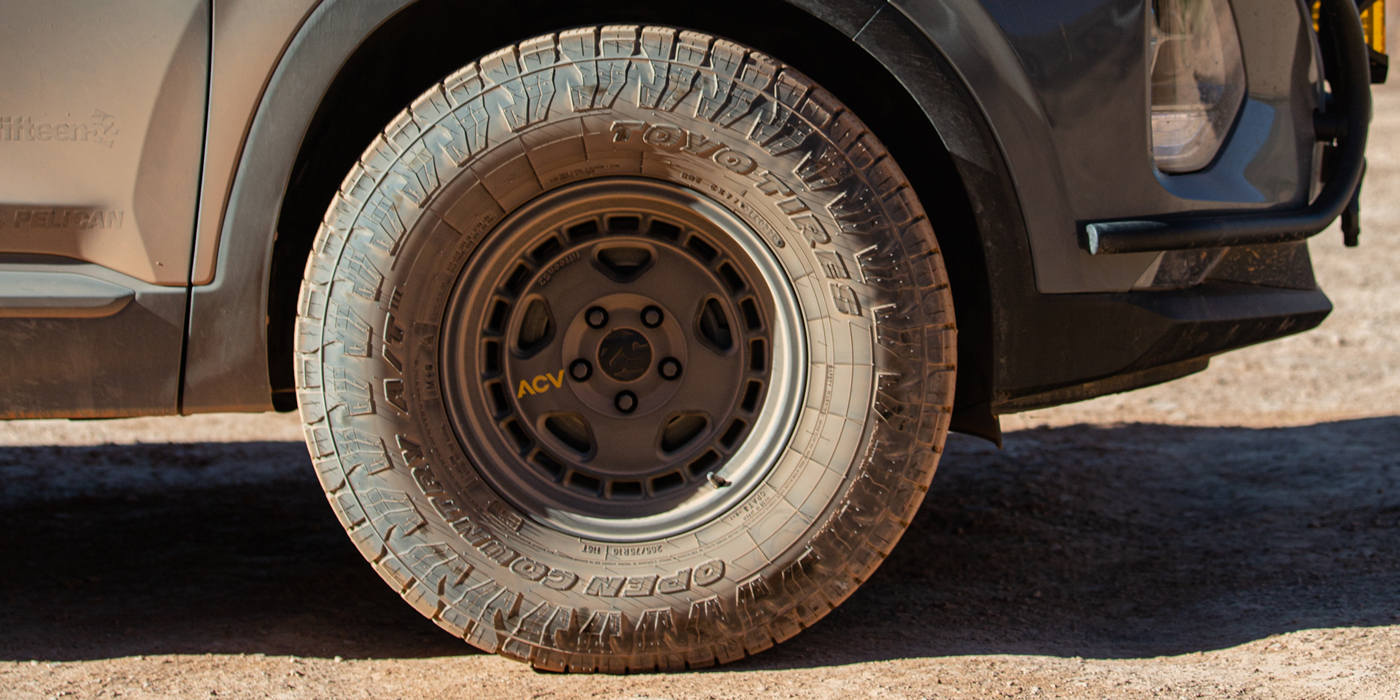by Brad Weisberg
CEO, BodyShopBids.com
The most successful advertising investments target high-traffic customer locations — and, these days, that means shifting at least a portion of your ad spend to a growing list of on-line channels.
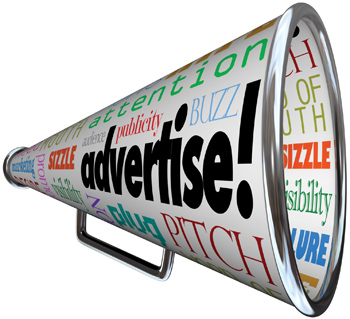
To make the right decision, shop owners need to research potential return on investment and other factors before committing to any ad buy, and base their advertising investment decisions on a thorough understanding of the options.
On-line Advertising
With digital marketing, a shop owner can target specific demographics, narrowing their ads to display for men between the ages of 21 and 35 and living in the Chicago area, for example. Digital advertising typically makes it easier to track results, such as seeing how many people clicked through to your website.
PPC (Pay-Per-Click). Because these ads display to Internet users who search for related terms, they are relatively well targeted. The other advantage is that you pay only when users click on the ad, which typically directs customers to your company’s website. Another plus is that these ads can be primarily text (the supported links that display at the top of search engine results) or graphical (visual ads that appear on other websites).
Takeaway: If you don’t have a quality website in place that provides essential information like location, hours of operation, and a phone number or e-mail address, you won’t be able to convert those prospects into paying customers.
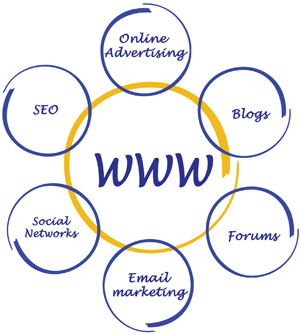
Social Media/Facebook. Advertisements on Facebook and other social media sites give auto repair shops the ability to perform extremely granular targeting. Interested in reaching college-educated men between the ages of 35 and 40 who live within a 10-mile radius of your shop? Facebook can do it — and provide a scalable campaign structure that lets you test the waters and ramp up your ad spend over time.
Takeaway: Start small and increase your spending as you begin to see an impact. Unlike traditional forms of advertising, Facebook ads allow you to spend virtually any amount of money.
E-mail Campaigns. The digital equivalent of direct mail, e-mail campaigns are the least expensive advertising channel outside of word of mouth. They also provide the distinct advantage of allowing you to target past customers and future customers differently — all it takes is adding the name to a separate list.
Takeaway: Use your typical connection points with the consumer as a way to collect e-mail addresses. Ask them if they’d like to provide an e-mail address when they pay at the counter, and allow them to opt-in to your e-mails on your website.

Traditional Advertising
Traditional advertising media have a reputation for being more costly and less focused than many on-line marketing channels, but, in certain scenarios, they are a good way to connect with shop customers, especially when they are part of a full-fledged marketing strategy.
Print. Newspapers are in a period of sustained decline, but print ads can still be expensive, even cost-prohibitive.
Takeaway: Before running print ads in a local newspaper, compare the paper’s circulation with the audience numbers for local radio stations to determine the best place for your dollars.

Radio. By and large, people are listening to the radio in their cars, which gives this channel great potential to generate value for shop owners.
Takeaway: Radio programs can provide a fairly accurate look at their listener demographics, giving shop owners the chance to select the program that best reaches their target audience. Just make sure the program’s geographic market covers your customer base; it won’t do you much good to be paying for radio ads that people are listening to hundreds of miles away.
TV. Although it can be extremely expensive, television advertising also gives shops the chance to get their face (and their logo) in front of potential consumers.
Takeaway: Consider the additional time and expense involved with producing commercials. At the end of the day, you want to do it right. A poorly produced spot could leave you worse off, than if you didn’t run the commercial at all.
Outdoor. Shop owners have all sorts of options when it comes to outdoor ads, from billboards to flyers to painted stone benches. That’s also the problem, though, as your message is forced to fight for consumers’ attention in a competitive environment.
Takeaway: The easiest way to track your return on investment is to set up a unique phone number associated with each specific location. That allows you to track how many inbound leads came from one billboard, for example.
Balancing Traditional and Digital Channel Spending
Keep in mind that traditional versus digital advertising should not necessarily be an either/or proposition. The right strategy takes a balanced approach that targets both types of outlets.
And commitment is a hallmark of effective advertising. Neither a one-month Facebook campaign or a
one-time TV commercial can deliver a dramatic and sustained spike in business.
Brad Weisberg is the CEO and founder of BodyShopBids.com. The company brings shops new business by matching consumers who need auto repair estimates with shops in their area. For more information, visit BodyShopBids.com or call 1-800-210-1267.

